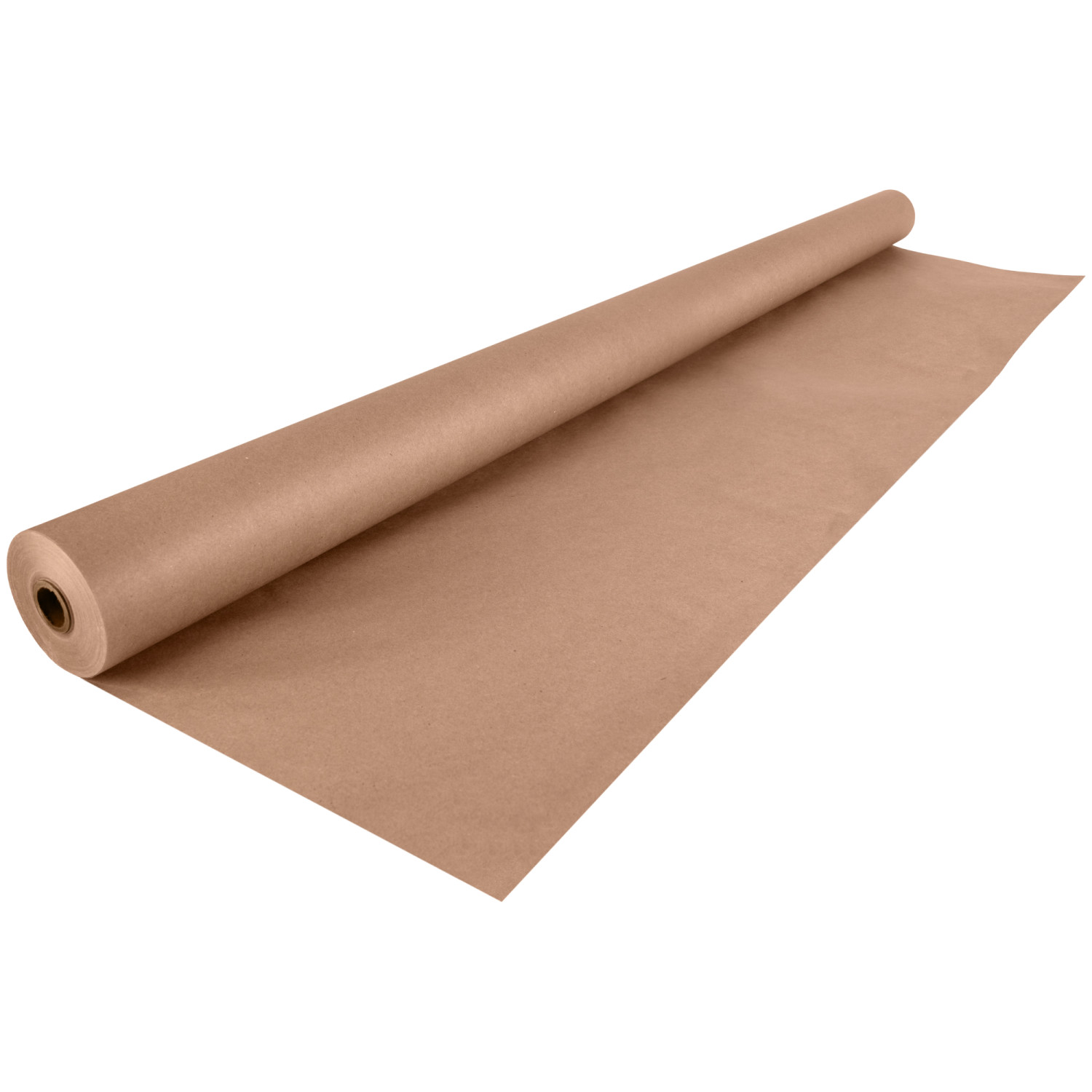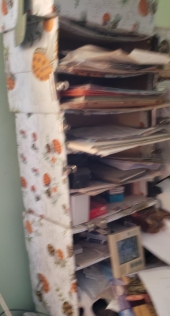

 16
16




- Tim's Homestead Journal - Purchase a copy of Building a Better World in Your Backyard - Purchase 6 Decks of Permaculture Cards -
- Purchase 12x Decks of Permaculture Cards - Purchase a copy of the SKIP Book - Purchase 12x copies of Building a Better World in your Backyard












 12
12





- Tim's Homestead Journal - Purchase a copy of Building a Better World in Your Backyard - Purchase 6 Decks of Permaculture Cards -
- Purchase 12x Decks of Permaculture Cards - Purchase a copy of the SKIP Book - Purchase 12x copies of Building a Better World in your Backyard
 11
11




Zone 6, 45 inches precipitation, hard clay soil




 13
13




If there is one thing the Wizard of Oz has taught me, it is not to trust school teachers on bicycles.

 6
6




How Permies works: https://permies.com/wiki/34193/permies-works-links-threads
My projects on Skye: The tree field, Growing and landracing, perennial polycultures, "Don't dream it - be it! "
 5
5




Nancy Reading wrote:We do use some card and newspapers for fire starting, and I'd like to reduce this use also to a minimum, so as to be more comfortable with spreading the fire ash onto my growing beds. Unfortunately my husband is rather fond of this 'free fuel' and will actually burn quite a bit in our other stove.....how to break him of the habit?
Become extra-civilized!












 9
9




Coydon Wallham wrote:Is it clearly established that PFAS remains in the ash of an object after it is burned? Is any of it released with the escaping gases?
How Permies works: https://permies.com/wiki/34193/permies-works-links-threads
My projects on Skye: The tree field, Growing and landracing, perennial polycultures, "Don't dream it - be it! "












 8
8




- Tim's Homestead Journal - Purchase a copy of Building a Better World in Your Backyard - Purchase 6 Decks of Permaculture Cards -
- Purchase 12x Decks of Permaculture Cards - Purchase a copy of the SKIP Book - Purchase 12x copies of Building a Better World in your Backyard
 8
8




Permaculture...picking the lock back to Eden since 1978.
Pics of my Forest Garden
 7
7




Timothy Norton wrote:Intense heat is required to break down PFAS 'completely', partial burning will break down PFAS into other contaminates that persist in the ash. (Related study) I question how long and how hot it would take because some PFAS are found in firefighting foams utilized for a variety of uncontrolled fires which are meant to NOT break down.
I recently read about PFAS (and other similar compound) soil contamination being in higher concentrations around refuse incinerators which operate at high temperatures so I assume we are still grappling with our own knowledge of how to handle it still.
Become extra-civilized!
 6
6




Timothy Norton wrote:Intense heat is required to break down PFAS 'completely', partial burning will break down PFAS into other contaminates that persist in the ash. (Related study) I question how long and how hot it would take because some PFAS are found in firefighting foams utilized for a variety of uncontrolled fires which are meant to NOT break down.
I recently read about PFAS (and other similar compound) soil contamination being in higher concentrations around refuse incinerators which operate at high temperatures so I assume we are still grappling with our own knowledge of how to handle it still.
Become extra-civilized!

|
Legend has it that if you rub the right tiny ad, a genie comes out.
The new permaculture playing cards kickstarter is now live!
https://www.kickstarter.com/projects/paulwheaton/garden-cards
|








